Did you know ….. Alcohol facts and food for thought for Kiwi employers.
We were recently invited to participate in a Health & Safety at Work roadshow around the lower North Island and had the opportunity to meet with a number of Kiwi employers who are looking for new and different ways to help their teams to be the best they can be, both inside and outside of work – which is pretty awesome.
As part of these discussions, we discovered that regardless of industry, role, pay scale, age or geographical location there are some basic fundamentals that Kiwis just don’t get when it comes to alcohol. If we are not well informed, how can we be expected to make smart choices about our drinking and ensure we are ‘fit for work’?
In this article we provide you with the top facts that you and your teams need to know about alcohol and how it affects us, so we can help avoid alcohol related incidents in the workplace. Feel free to take these and use them as a starting point for your internal education programmes, and check out our free interactive online training programme for all this and more in a lot more detail:
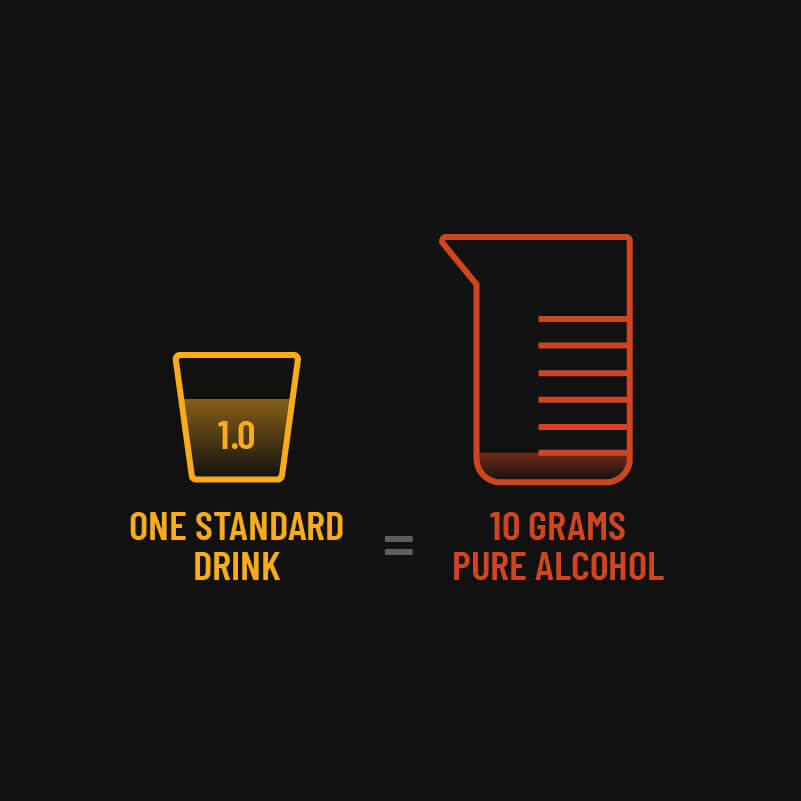
Did you know…
A healthy adult liver can only process 1 standard drink (10gms of pure alcohol) per hour and there is absolutely NO way to speed this process up. Yes water, food, medication, your size etc can make us feel the effects of the alcohol differently but they DON’T speed up the processing of the alcohol itself.
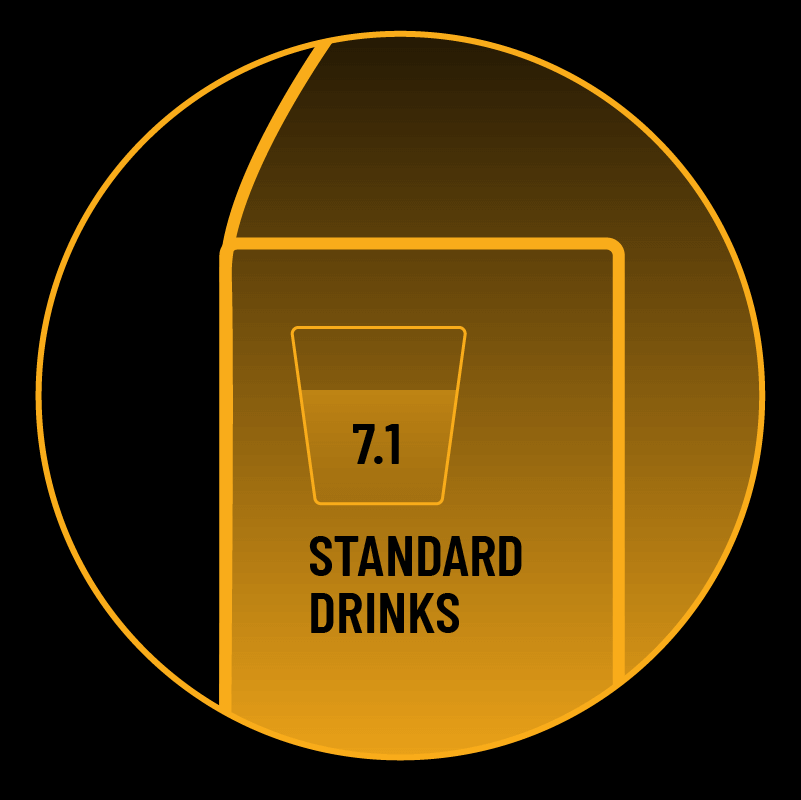
Did you know…
A standard drink is not necessarily 1 glass or bottle, so make sure you read the label on your favourite drink or use our online drinks calculator to understand exactly what you are drinking and make the choices that are right for you.

Did you know…
This standard drink information is telling you how long it will take your body to process (or metabolize if you want the technical term) the alcohol in that bottle or can. For example, this label says 1.3 standard drinks, that means it will take you 1.3 hours to process the alcohol in that one bottle. A dozen of these bottles would be 15.6 hours’ worth of processing which may impact your ability to drive or operate machinery at work tomorrow!
Did you know…
As the ABV (the strength of the alcohol) goes up, the volume of a standard drink decreases, and that is why we can drink 330ml of a 4% beer and only 30mls of a 40% spirit before we hit the 1 standard drink mark. Here is what 1 standard drink looks like in a glass for some of the most common alcoholic drink choices:

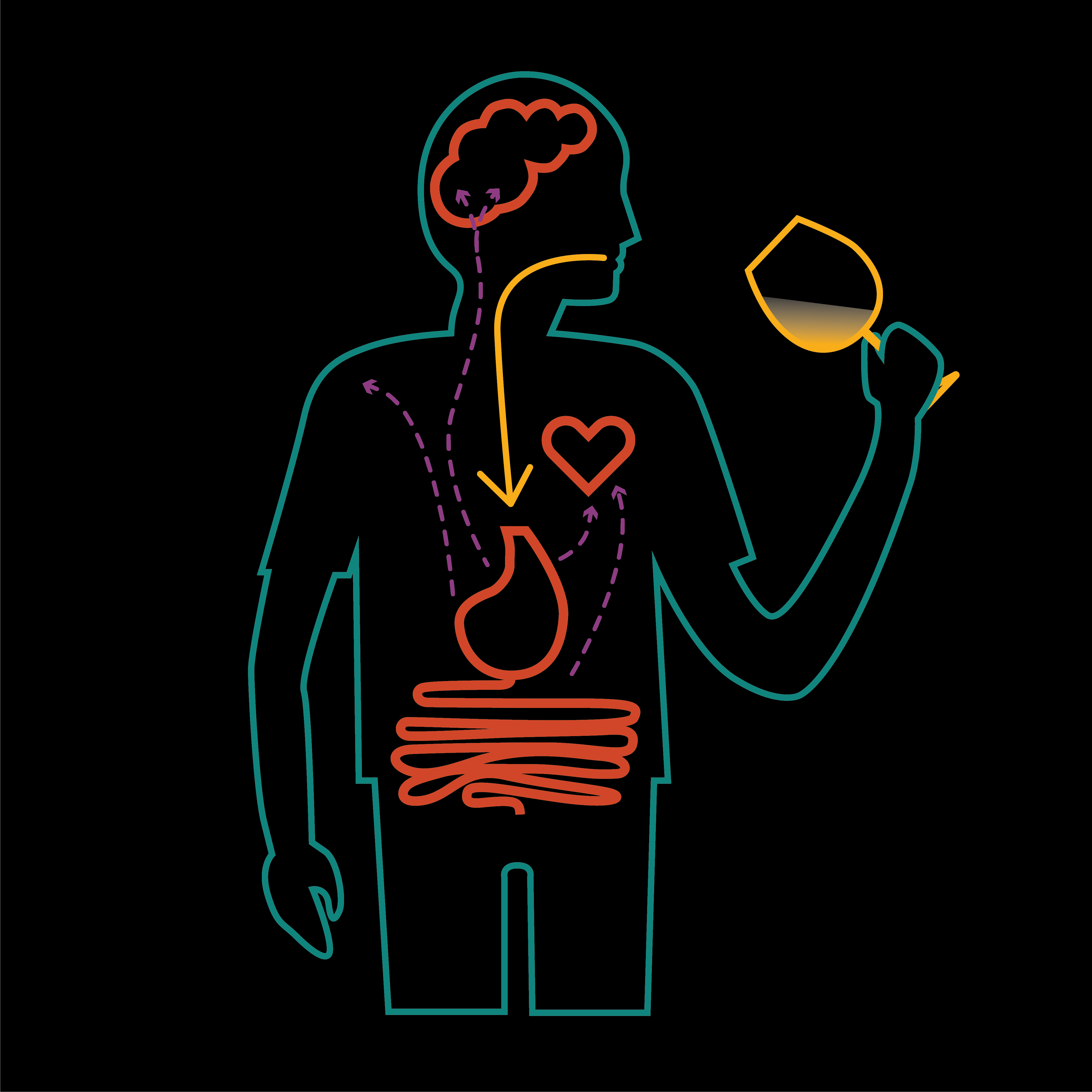
Did you know….
If you have excess alcohol in your system (i.e more than 1 standard drink per hour), the alcohol that is waiting to be processed by your liver gets carried to other parts of your body, through your blood, while it waits its turn to be processed. First stop is the heart, and your heart rate slows which is what gives you that relaxed and unwound feeling. From there is moves on to the brain, lungs and skin which is why you feel the effects of alcohol. You can read more about this alcohol tiki tour around the body here.
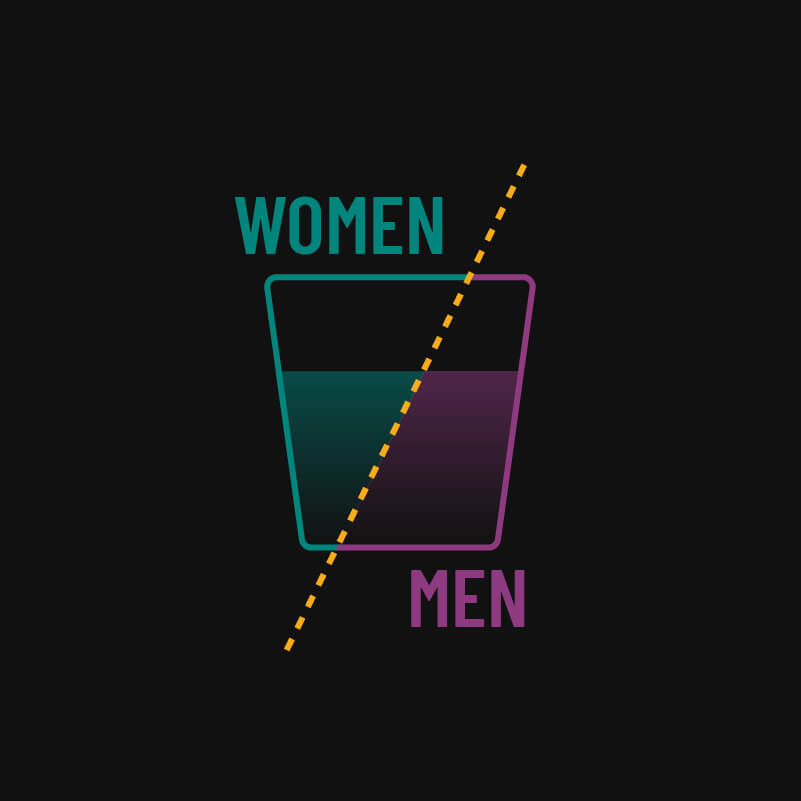
Did you know…
Our sex can change the way we feel the effects of alcohol. While the job the liver does metabolising alcohol is the same in all of us regardless of what sex we are (as long as we are healthy), your liver needs to be supported by the rest of your body to do its job effectively. That is why we all feel the effects of alcohol differently but there are some key factors that are especially relevant to women:
- Females are typically smaller and so there are less places for the alcohol to go. As a result, excess alcohol in the system sits with our vital organs longer and we feel the effects of the alcohol more
- Females are also born with a higher fat level than our male counterparts (all to do with childbearing etc.) Fat and alcohol don’t mix (just like when you add water to a dirty roasting dish or similar) so again there are less places for the excess alcohol to go and it focuses on our vital organs more
- Females have less of the enzyme, ADH, that breaks down alcohol in the stomach, contributing towards a higher BAC (Blood Alcohol Concentration) than men drinking the same amount of alcohol
- Hormone levels also affect the body’s ability to process alcohol e.g. woman will experience higher BAC’s drinking the same amount of alcohol right before menstruation

Did you know….
Like gender, age can also change the way you feel the effects of alcohol. This is not just a young or old thing; it happens across our lifetime so click here to find out why those glasses of red wine at the end of the day might be affecting you more these days.
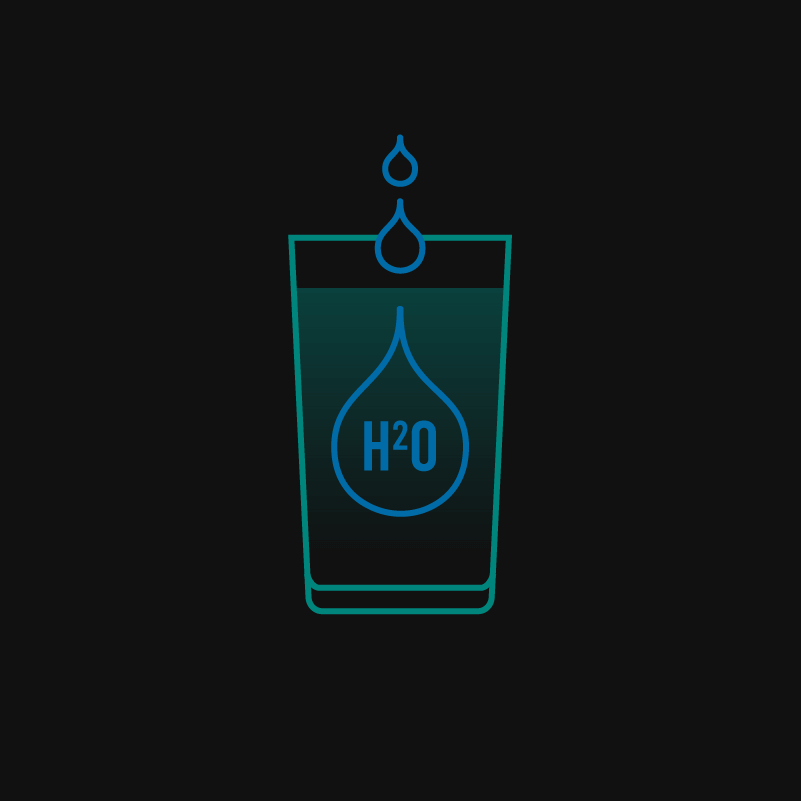
Did you know…
If you are going to drink it’s important to make sure you have plenty of water before, during and after. Water helps to dilute alcohol so while it won’t stop you from getting drunk, it will help you to reduce the effects of the alcohol on your body and mind. Alcohol is a diuretic – you need to go to the toilet a lot when you drink so keeping yourself hydrated is key to waking up without a headache!

Did you know…
Eating is not cheating when it comes to alcohol. Like water, eating will not stop you from getting drunk but a full belly does help to slow down the absorption of alcohol in your body, so it will help you to feel the effects of the alcohol less.

Did you know….
Your functional tolerance for alcohol improves the more you drink. It’s a behavioural adaptation that happens for some people when they drink lots and more often. It may appear that your liver is handling the alcohol better but actually your liver is just living in a heightened state of “go”. This is fine on occasion but long term it can result in physical dependence and alcohol related organ damage.
At the end of the day – knowing what a standard drink is and that your body can only process 1 standard drink per hour is the key to smarter drinking regardless of what you drink, where you drink, your age or gender. While we are all unique and feel the effects of alcohol differently, there is absolutely no way to speed up the rate your live processes alcohol, so time is the only cure.
To make sure your workplaces are safe and sociable places for all your teams, make sure they remember the 1:1 ratio – 1 standard drink = 1 hour to process. If you need more support with educating your teams, check out our tailored workplace workshops and online training options or share some of our monthly articles.